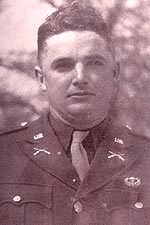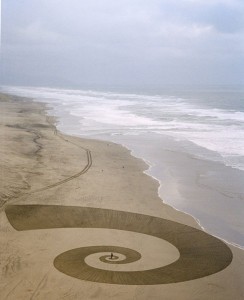I’ve stumbled onto perhaps the most astounding collection of videos since TEDTalks: the “University of California” channel on YouTube. Fully 3,575 videos are posted at the moment on topics ranging from psychology to science fiction to poetry and music. Bill Clinton, Noam Chomsky, Ray Bradbury, and the Dalai Lama are all featured giving talks or interviews, along with countless others I have yet to even discover.
With most videos about an hour long, this trove will take some time to explore.
I’ll recommend first a talk by Stephen Wolfram, inventor of Mathematica and Wolfram Alpha:
I’ve watched only the first 15 minutes or so of this to verify it looks like the same talk I saw Mr. Wolfram give in person about five years ago. At the time, it was the single most astonishing idea I’d ever heard.
Starting with a very simple rule for how to color in a row of boxes based on how the previous row of boxes was covered — i.e., a cellular automaton — one can obtain a “pattern” so sophisticated that it produces what, by any known measure, appears to be completely random data. It’s so random, in fact, that “Rule 30” is used as the basis for random number generation in Mathematica.
And this talk by Douglas Adams is similarly enthralling. He discusses several journeys he took to find and study endangered species, and what we humans can learn from them — and he does it in a speaking style that anyone who’s read Hitchhiker’s Guide will find oddly familiar:




